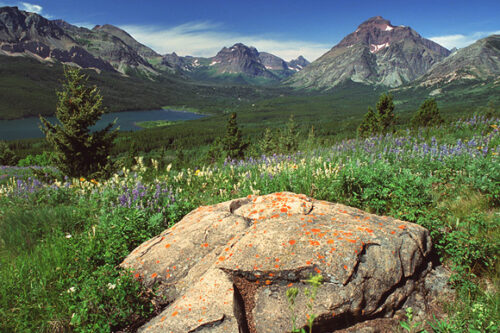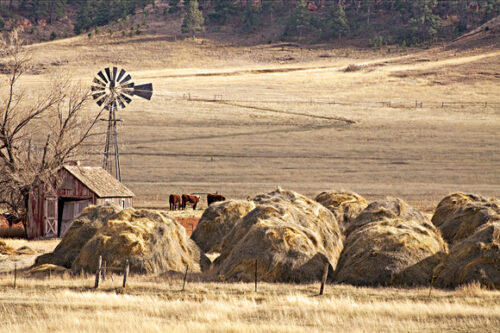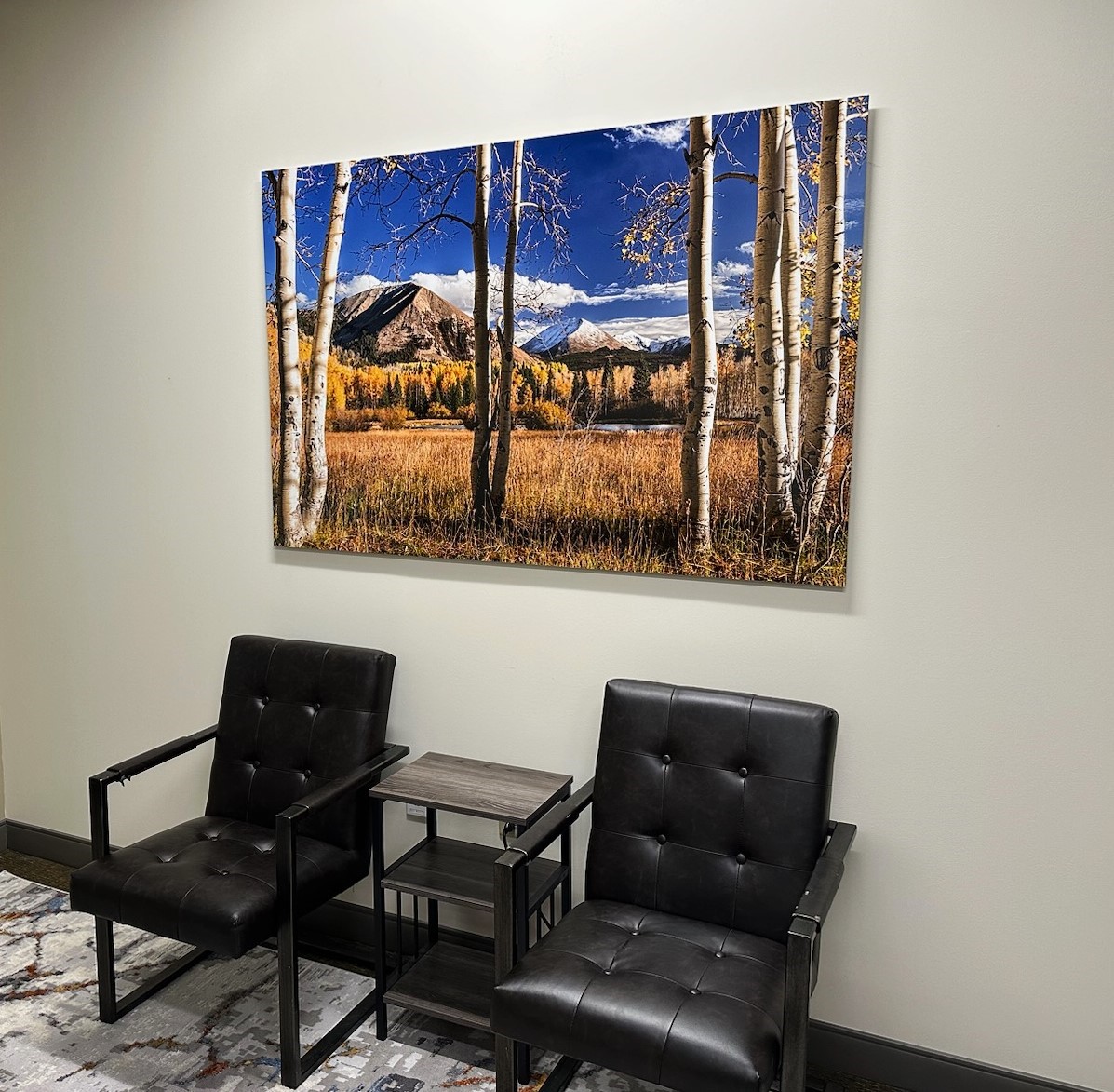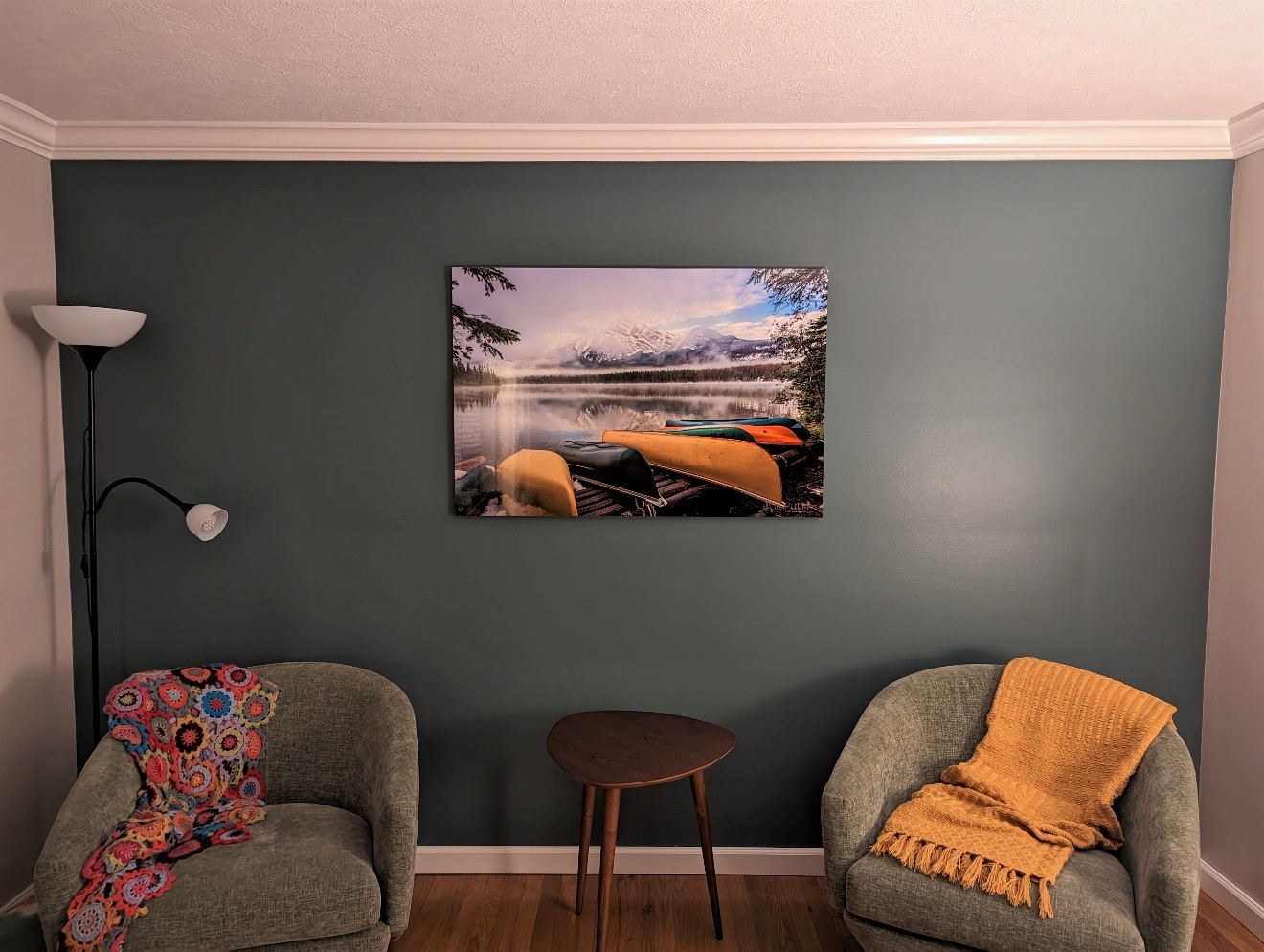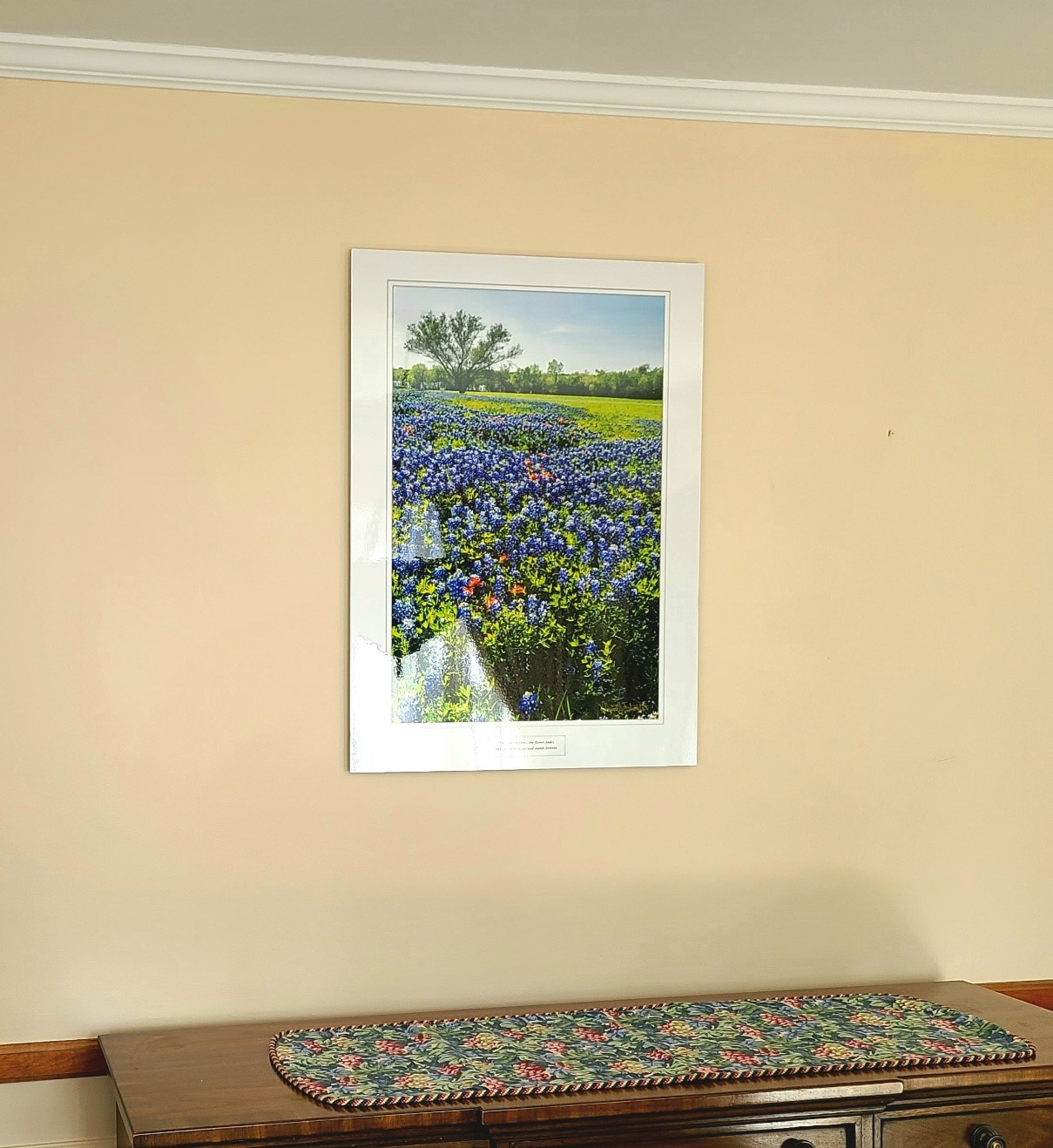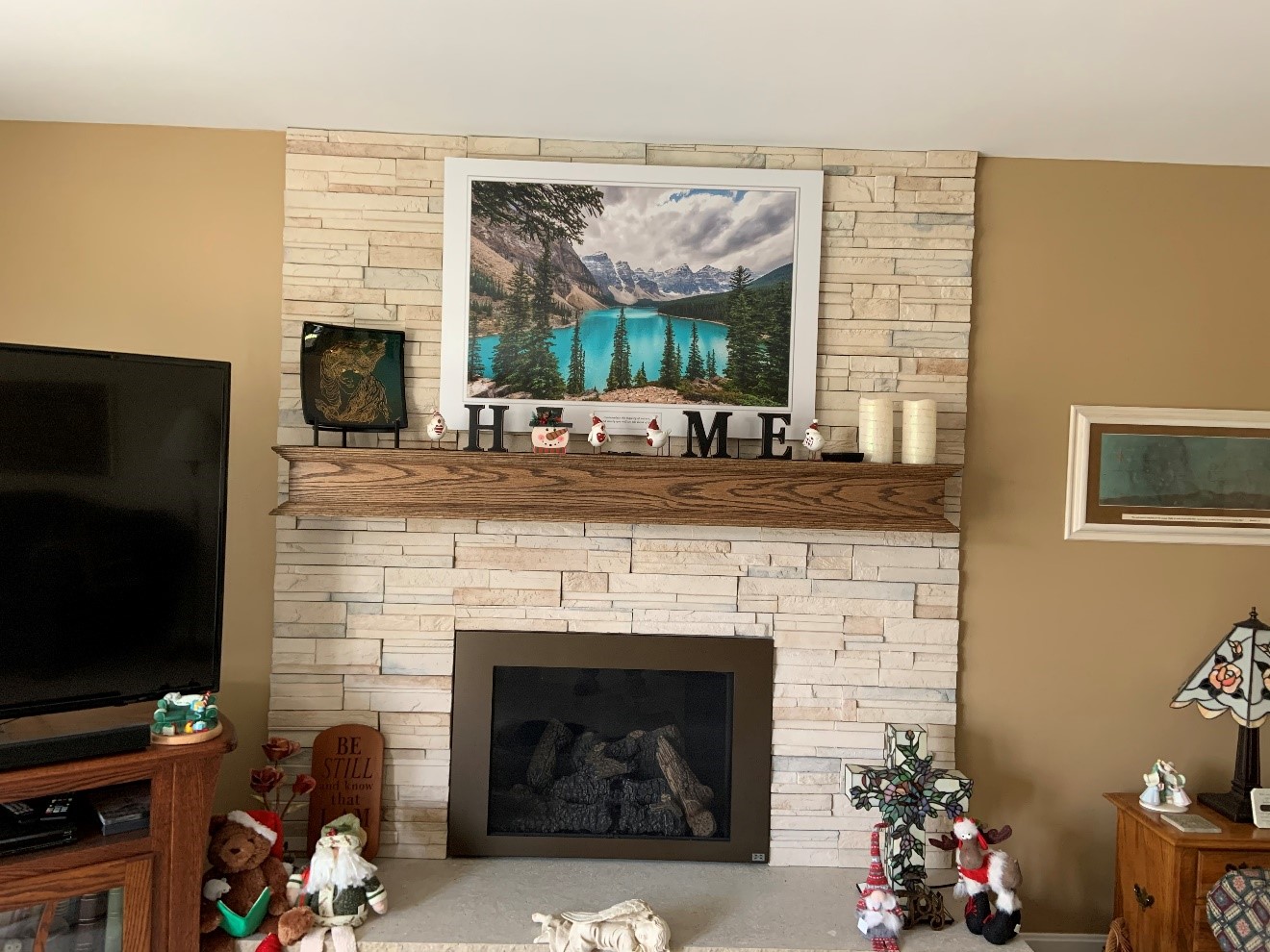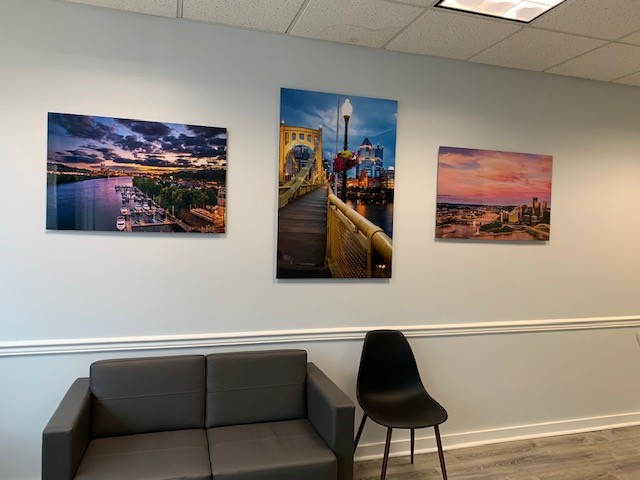Vacherie – it even sounds beautiful. In March 2005, while my wife and I were on our way to Texas to visit family, we stopped by one of the Louisiana visitor centers. Having never been to Louisiana, I wanted to learn what I could in the little time I had. It was there among the endless pamphlets of information about New Orleans’ destinations, hotels and restaurants that I noticed a pamphlet entitled “Oak Alley Plantation”. Once I saw the trees, I am not sure I ever wanted to photograph a location more than this. However, being on family business, it would have to wait. But not for long.
About a month later, on the evening of April 5th, I was driving alongside the winding Mississippi on what is known as the “Great River Road”. This area is famous for its history surrounding the great sugar plantations of the mid -1800’s. As I approached Oak Alley, my heart raced with anticipation. I had been driving for 21 of the past 30 hours. I called my wife to describe the final approach. I was both excited and anxious. What if it was not as beautiful as I expected? What if I drove all this distance for nothing? What if it was even better? Soon, I would know.
Within minutes, I was standing beneath the 200 foot long canopy of 300 year old live oaks that stretched from the plantation house to the Mississippi River. While I meandered up the walkway to the plantation house, I was enveloped in the most beautiful display of nature and architecture I had ever seen. Practically everyone had gone for the day. As I stopped to appreciate what lay before me, I felt yet another overwhelming spiritual moment in nature. I thanked God for the privilege of standing alone among these magnificent living treasures.
As I reached out to touch one of the trees, I wondered what they had witnessed over the years – the secrets they held, both happy and sad. And, what of the lives of those who came to visit or work the “Big House” as it was known. There were both famous and ordinary folk who arrived by boat or carriage and walked the same Alley of Oaks as I. Some came to be entertained. Some came to work. There were the slaves who tended the grounds, worked the fields; children who played innocently among the trees and Civil War soldiers who rested under them.
Not even hurricanes, lightening, drought or disease have diminished the grandeur of these magnificent trees. With a life expectancy of 600 years, one could only ponder what the next 300 might hold.
It was here I spent the next week photographing the surroundings, getting to know the workers and being adopted by the plantation dog who followed me around in the morning and evenings while I tried to get just the right shot. Occasionally, I would give him a treat and when he got bored waiting for me to move to another location, he would either lie down for a nap, or drag off my camera bag. It was an experience I will never forget.
Through my photography, I hope you will come to appreciate these natural living treasures, the plantation house and the history surrounding them. They may have another 300 years, but we don’t. Try to visit them.
PRICE LIST





